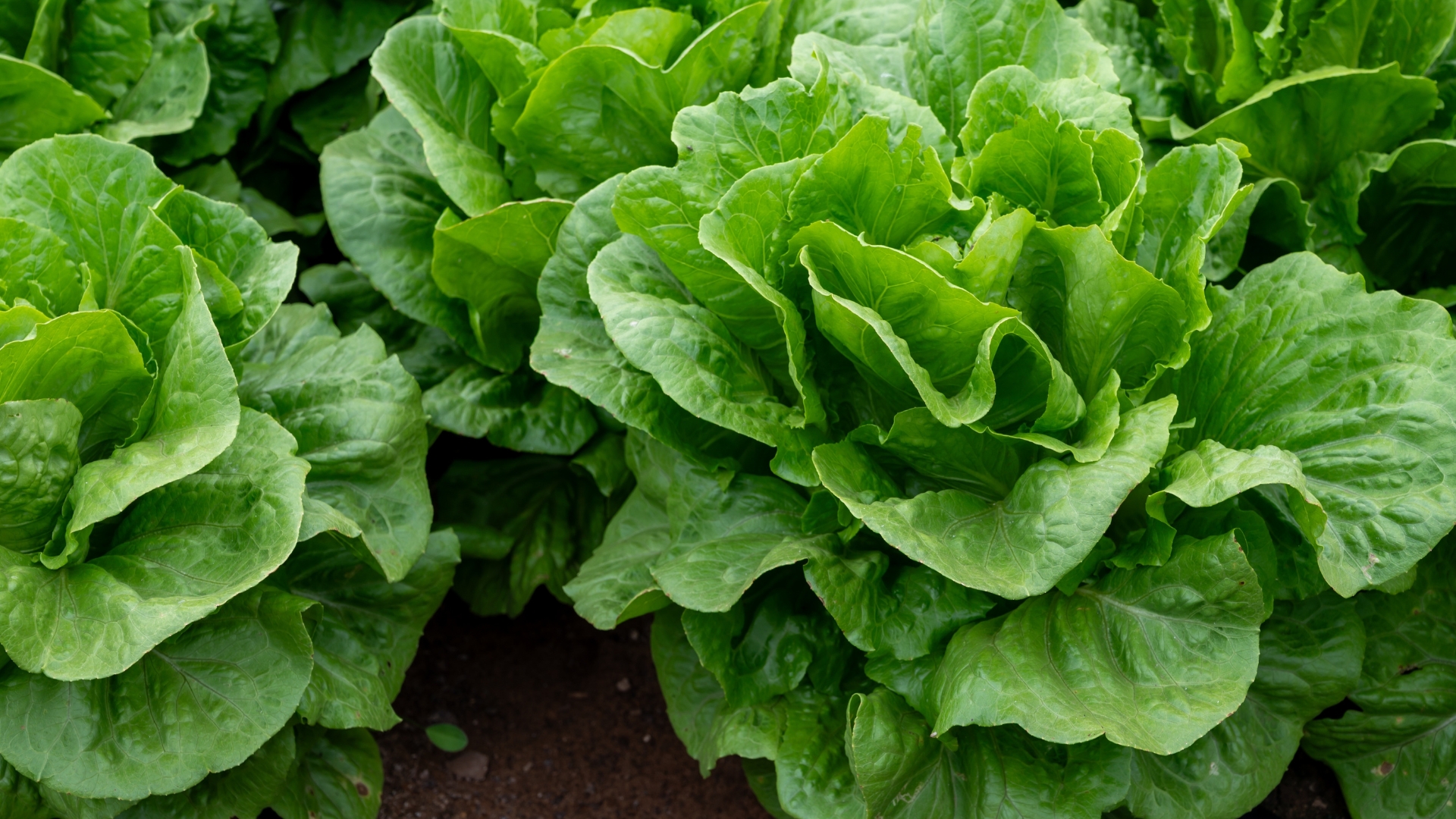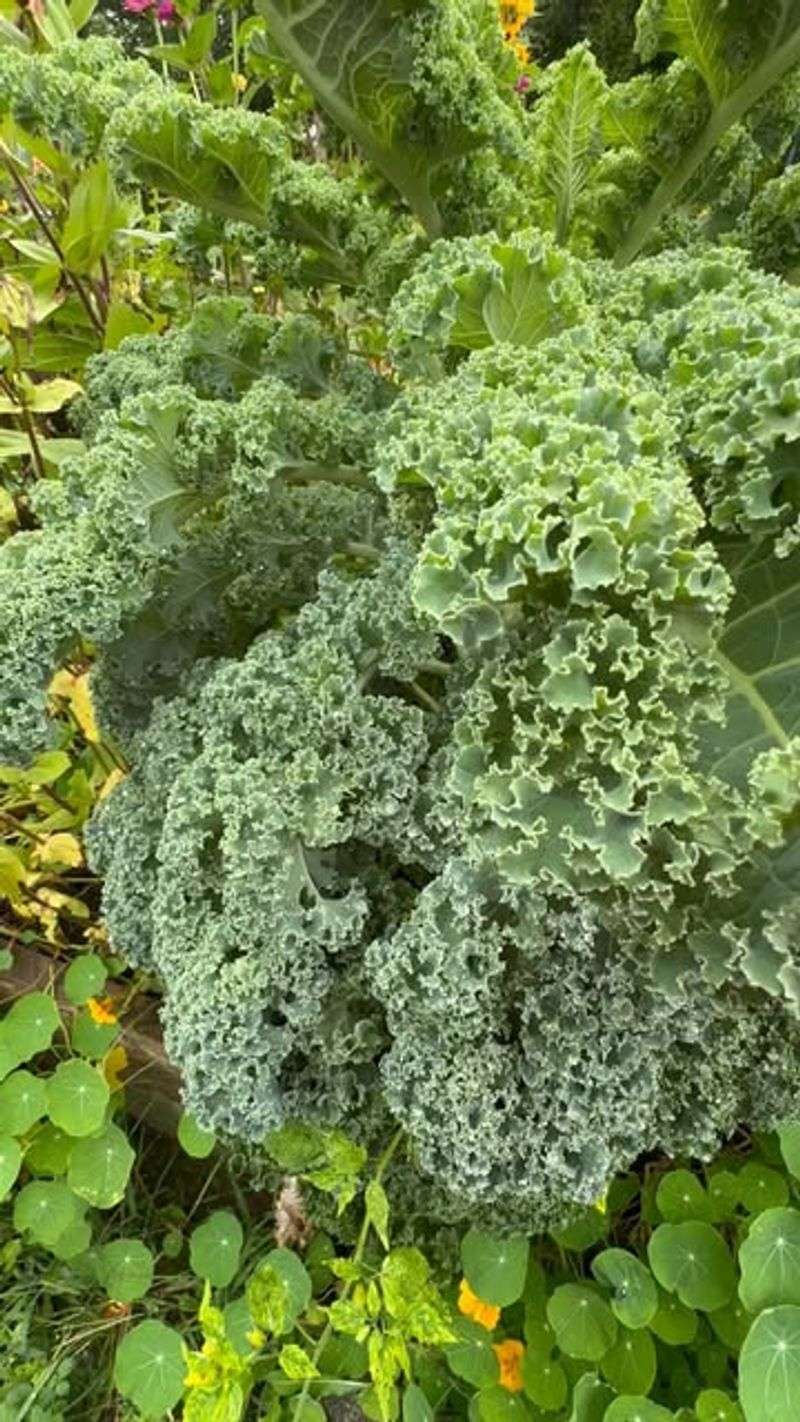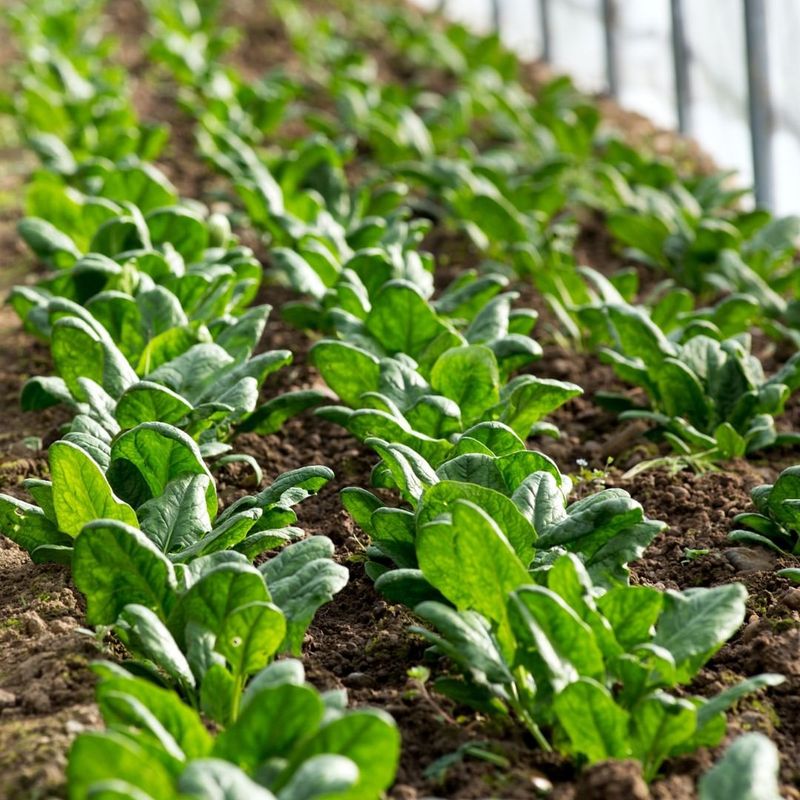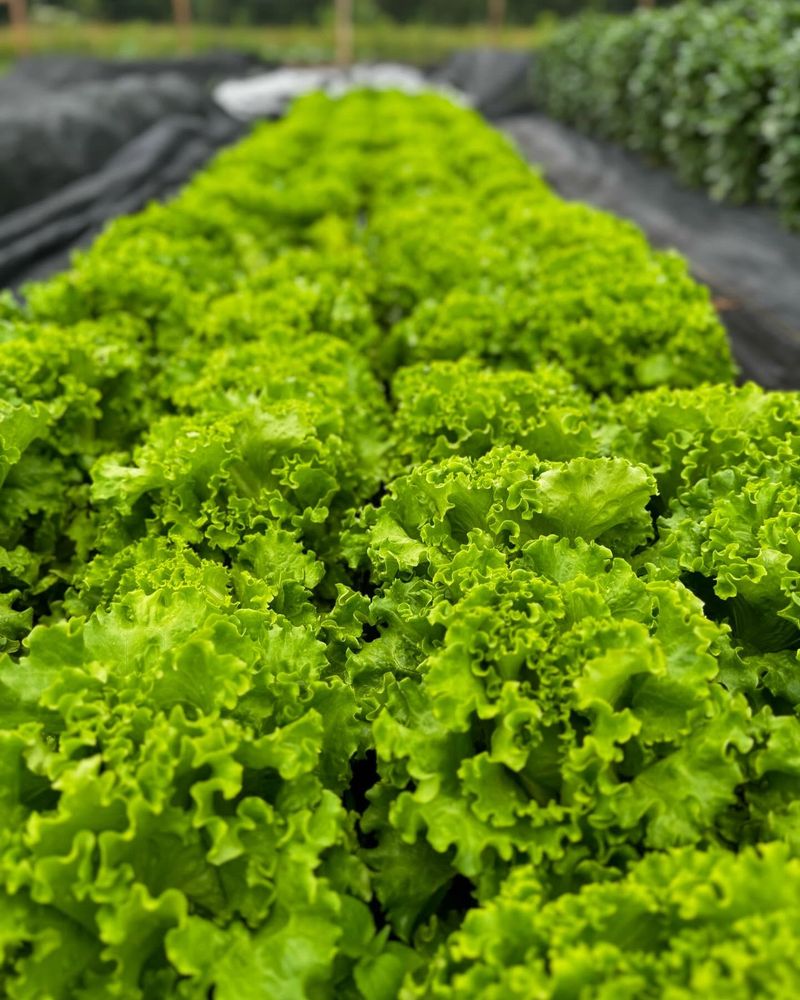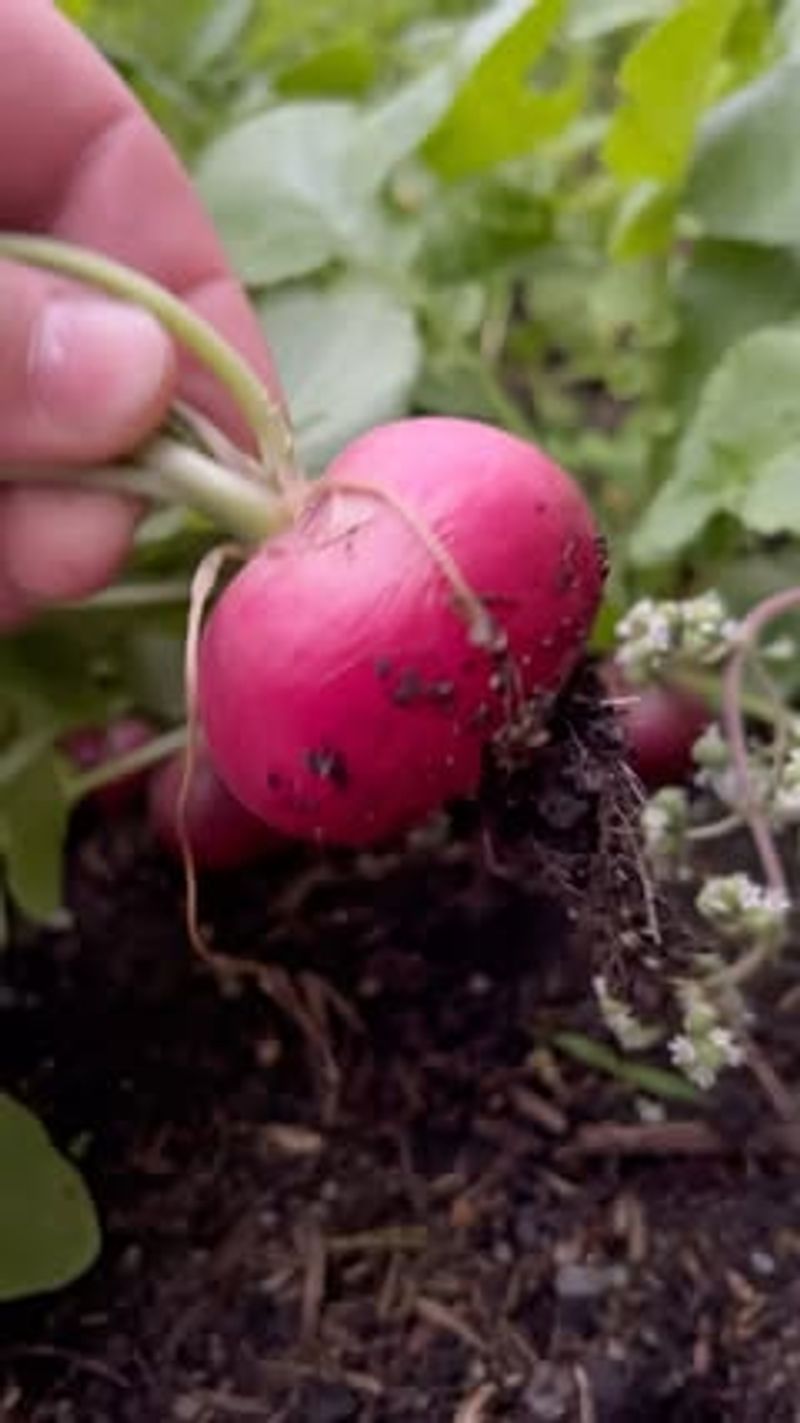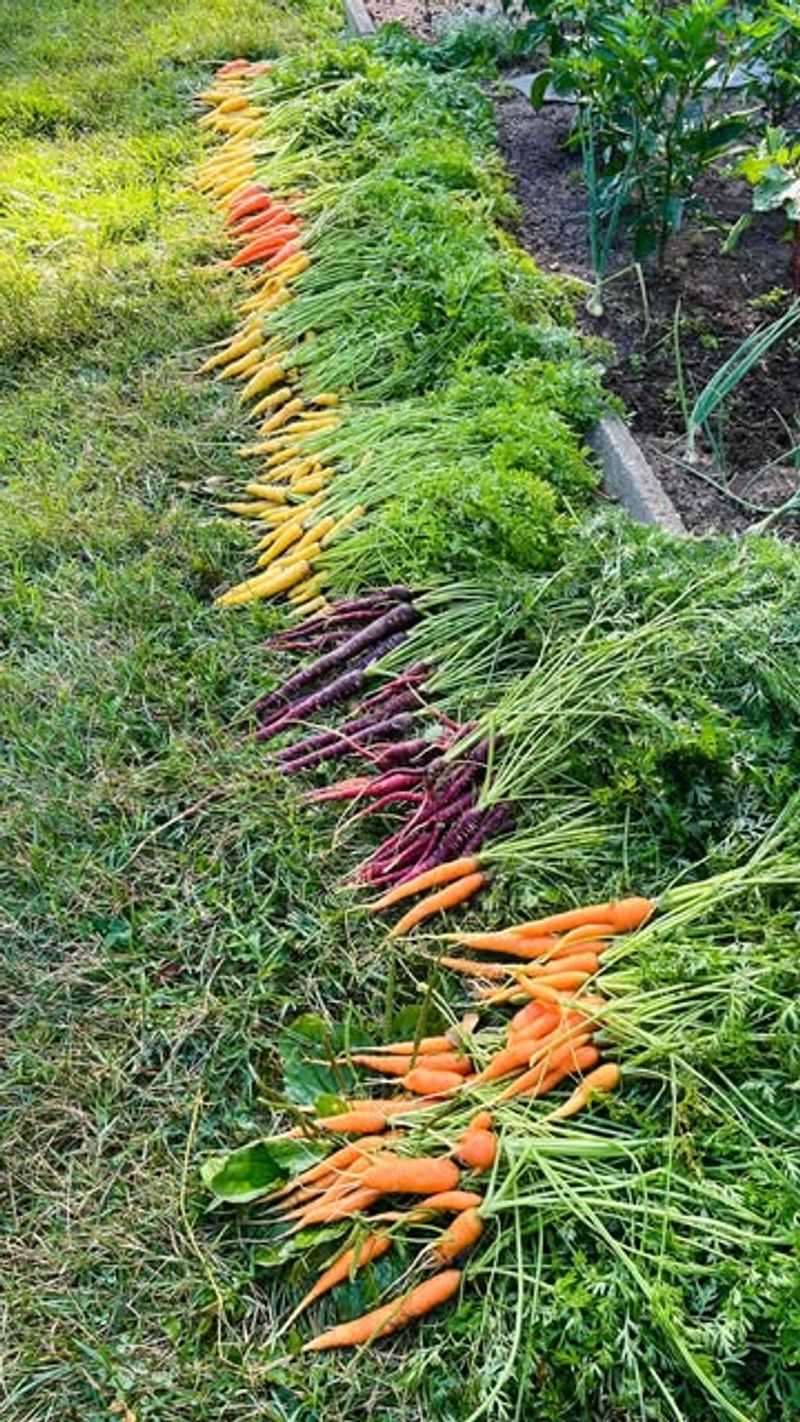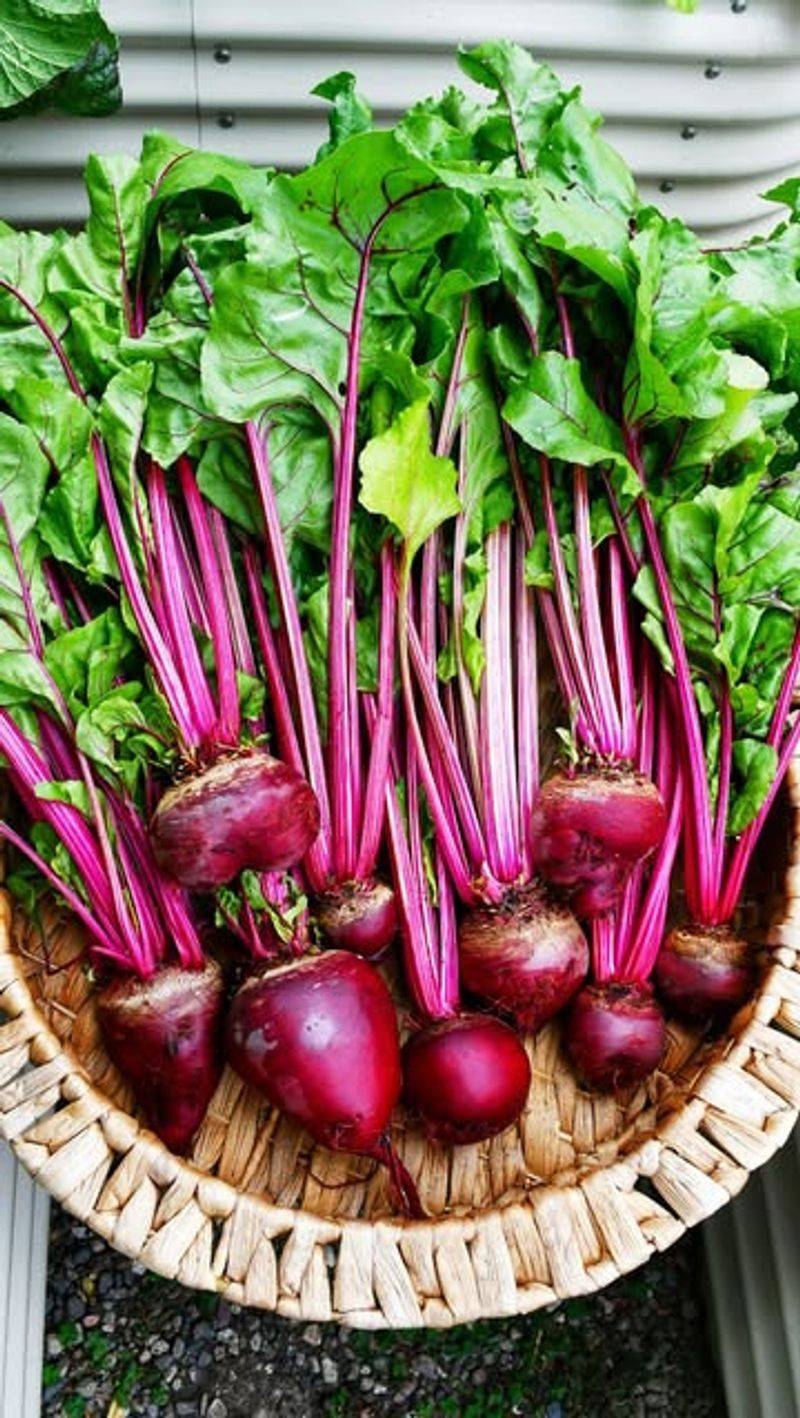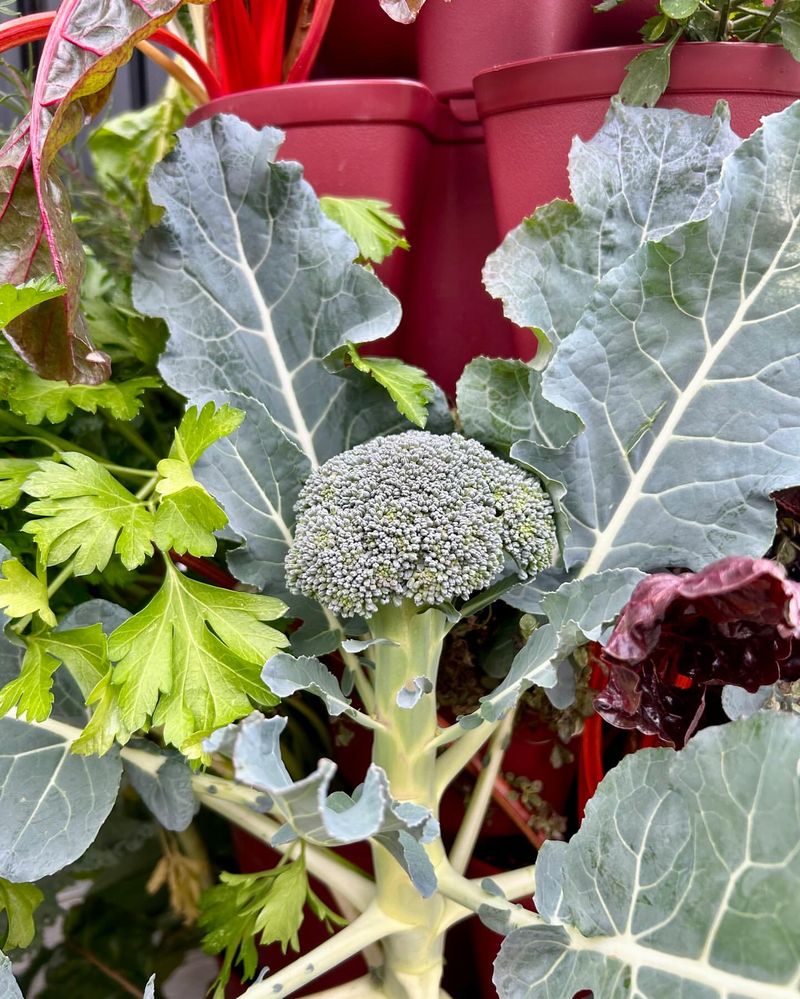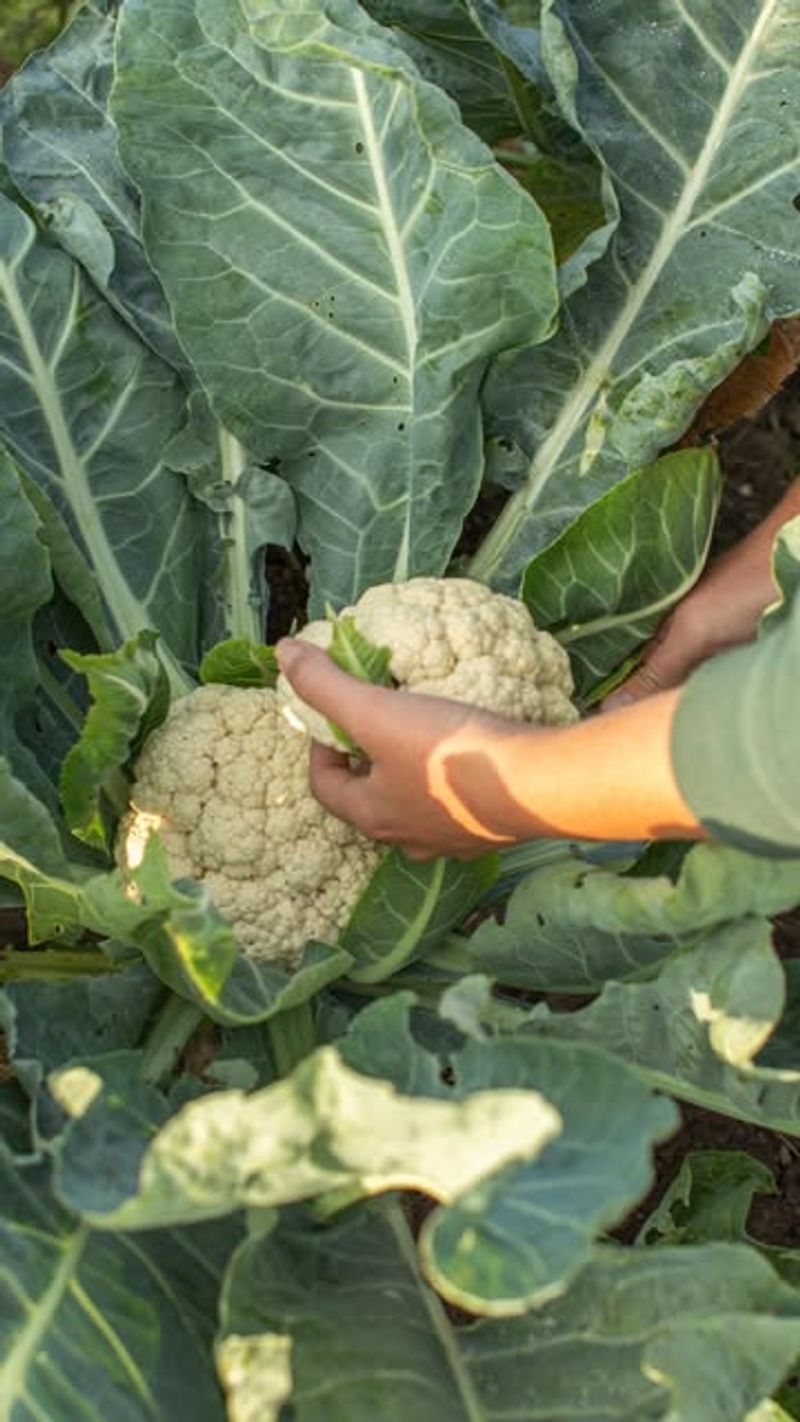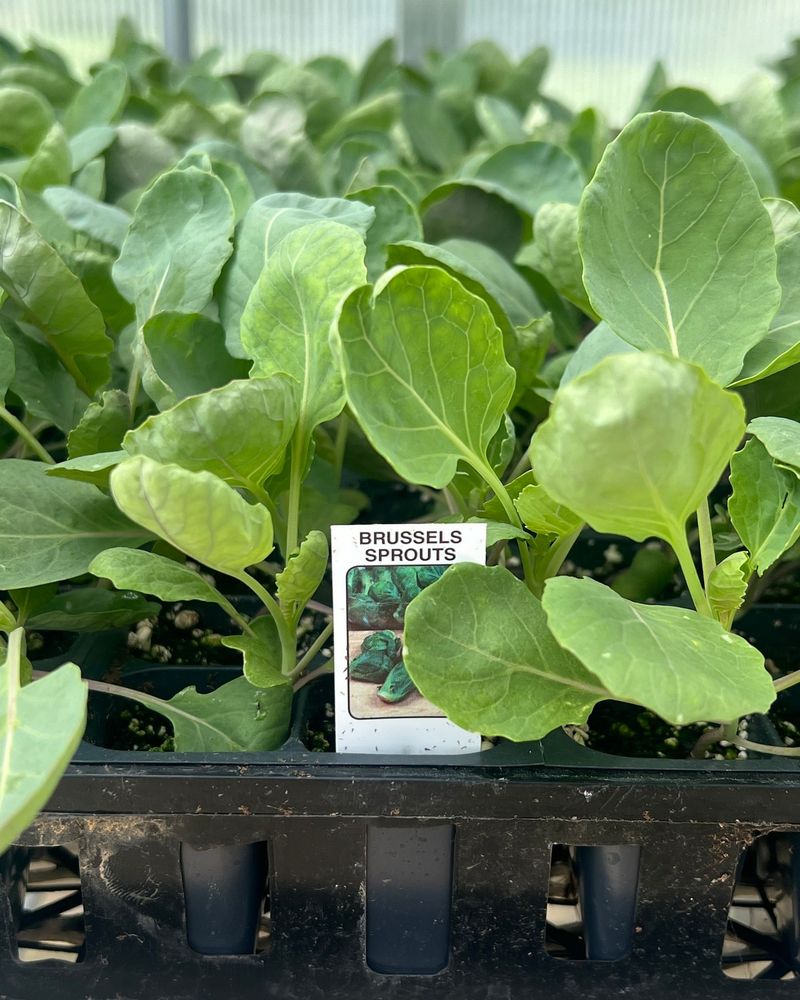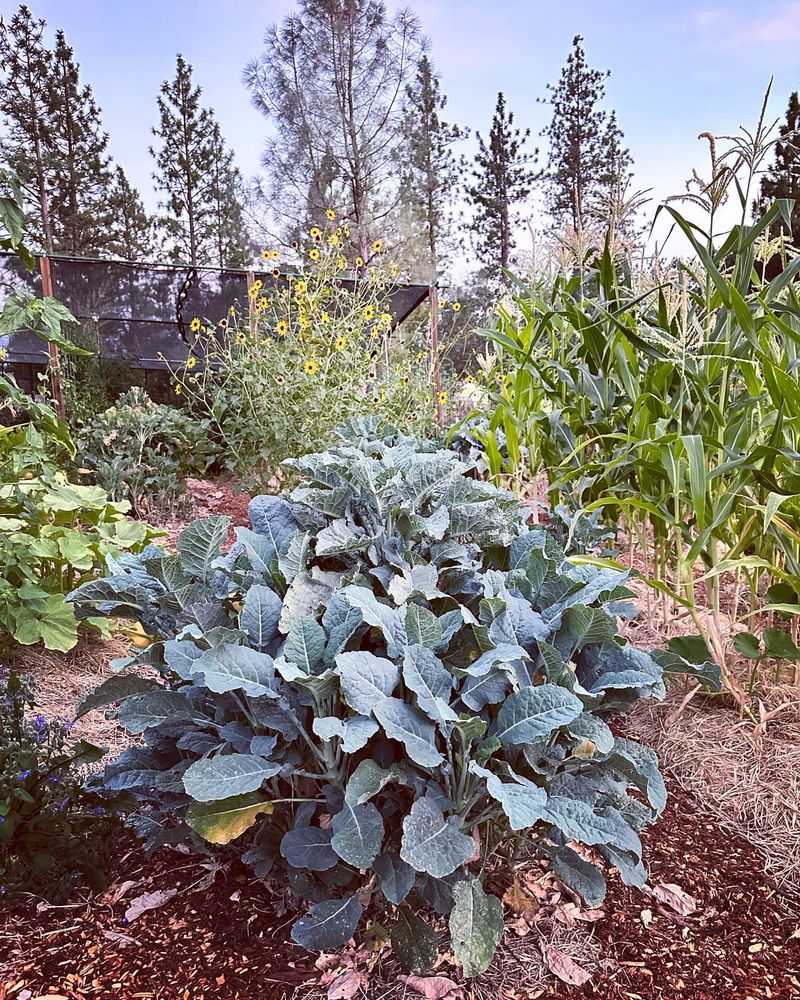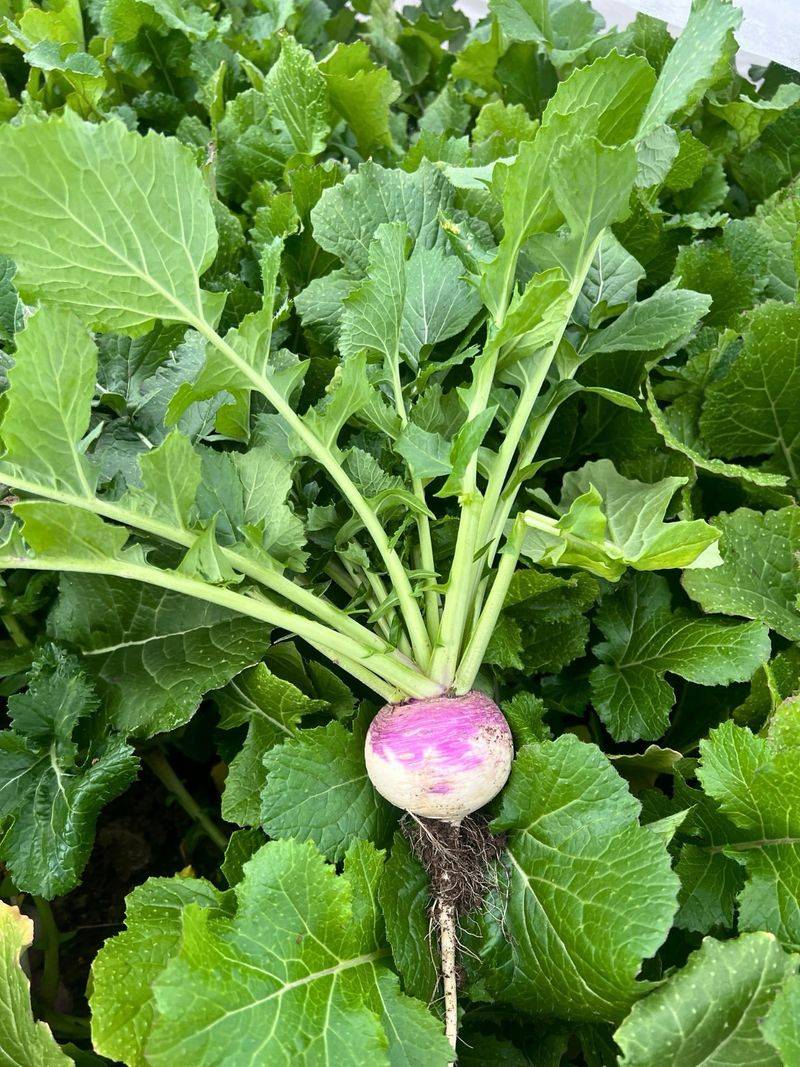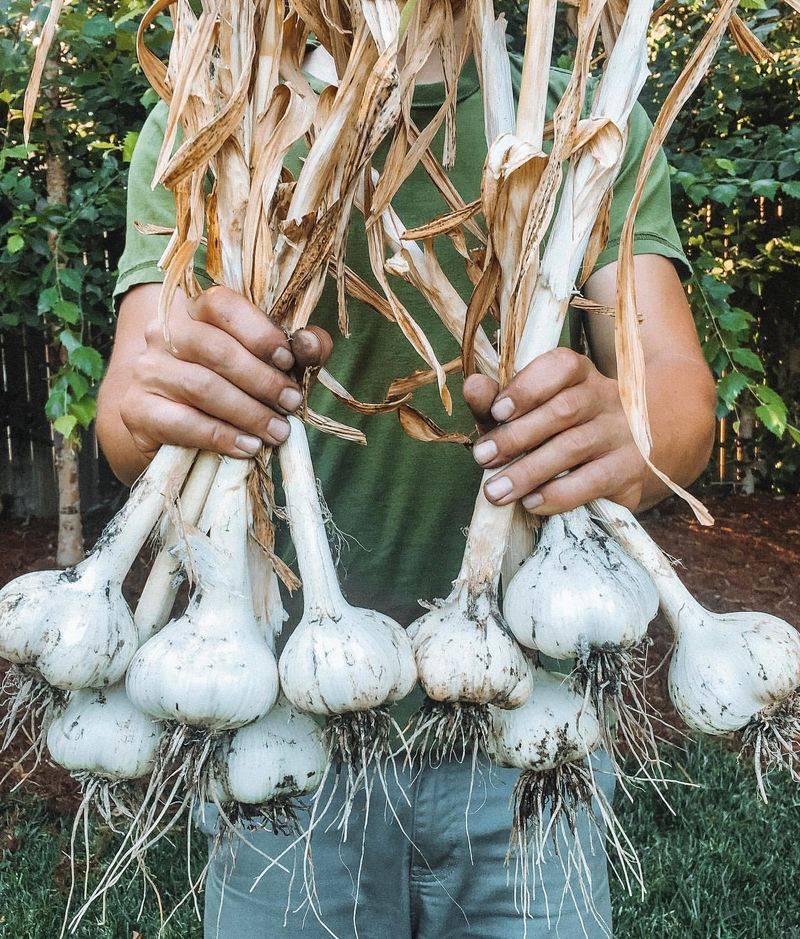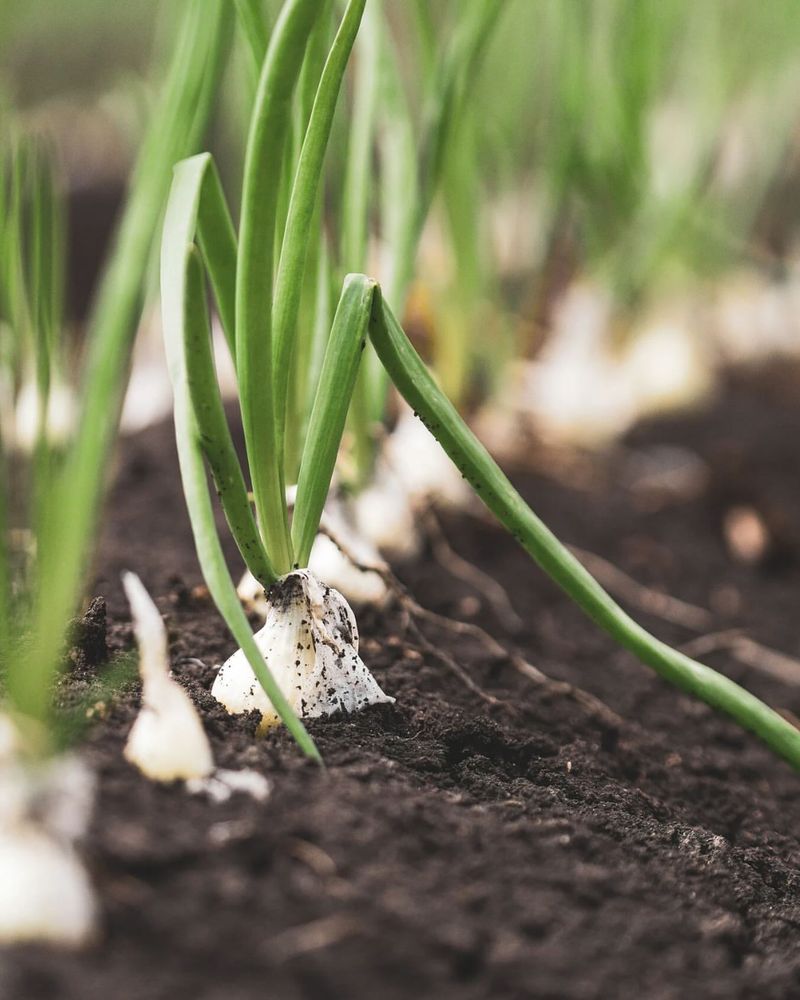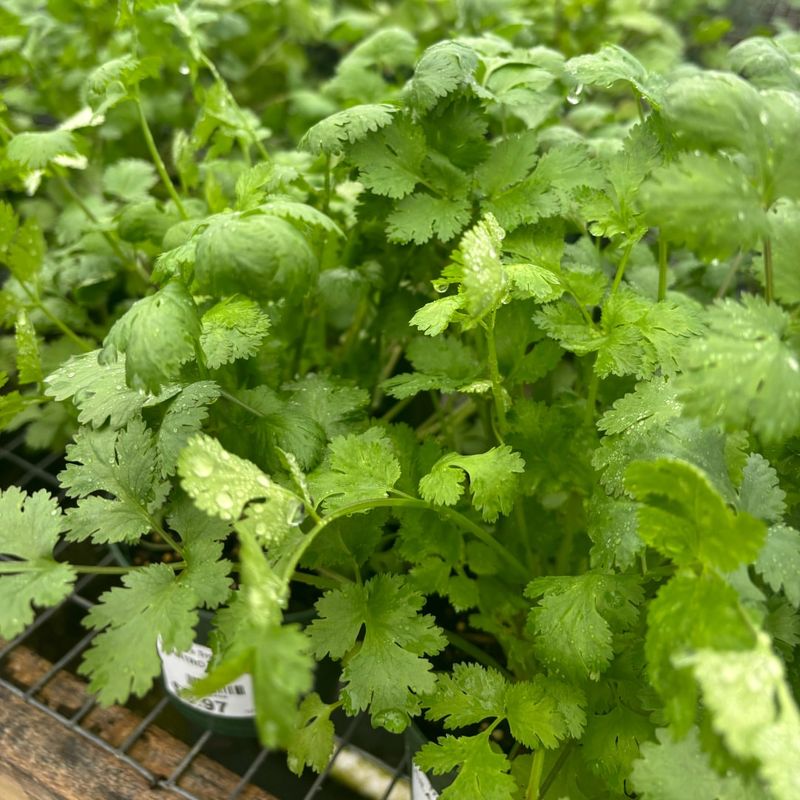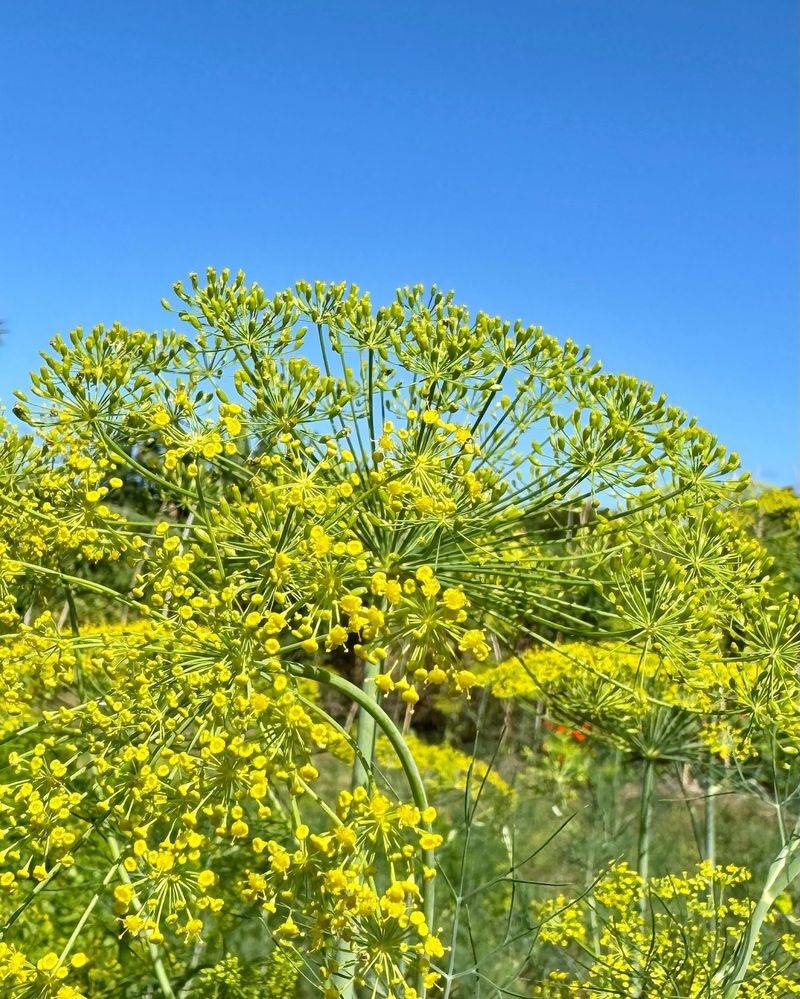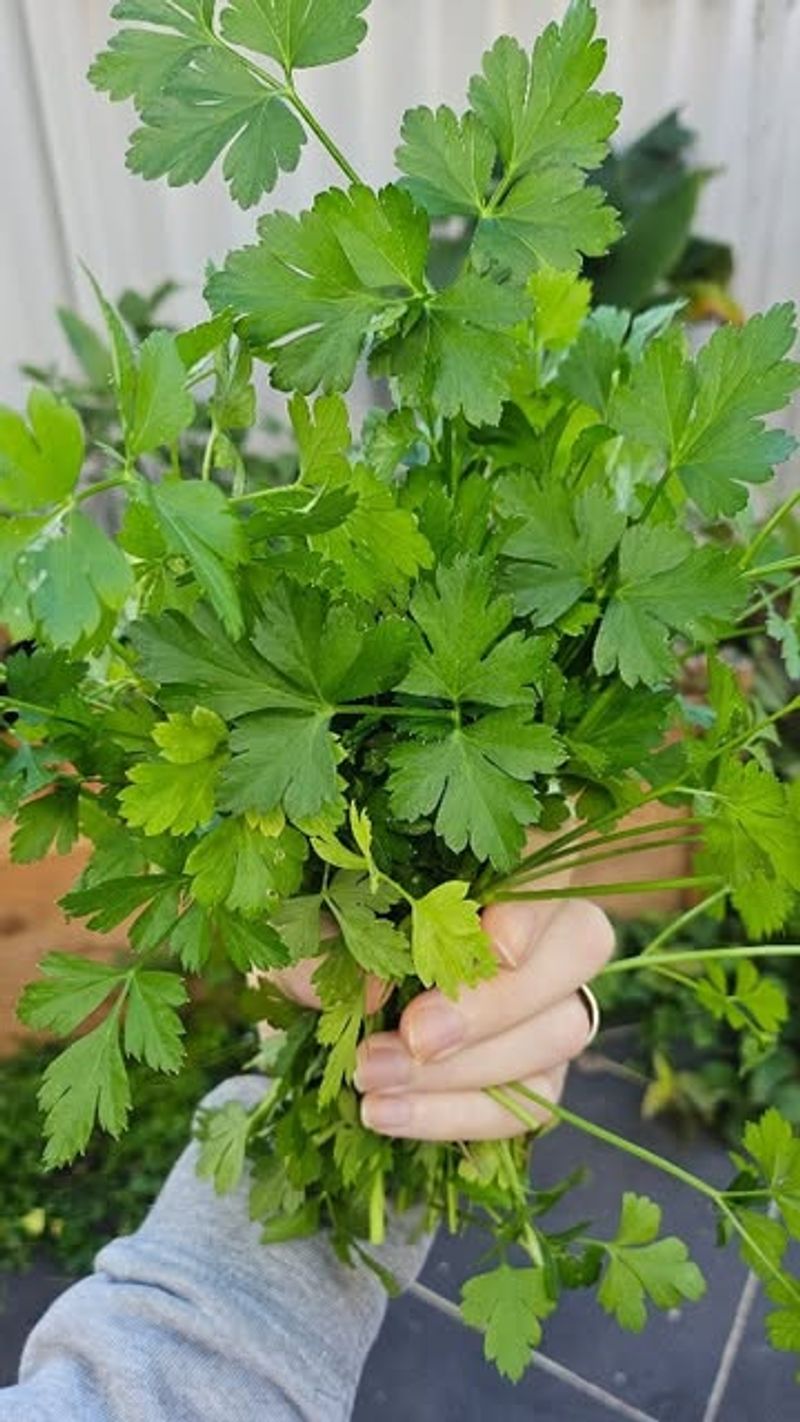If you’re gardening in Georgia, now’s the time to get those fall crops in the ground. I’m talking leafy greens, crisp radishes, and all the cozy-season favorites that’ll be ready just when the weather cools down.
It’s the kind of planting that pays off big when you’re craving fresh veggies later. I’ve already mapped out my beds and can’t wait to watch it all come up.
You’ve still got time—grab those seeds and get planting!
1. Kale
Ready to harvest in just 50-65 days, this nutritional powerhouse thrives when Georgia temperatures cool down. The flavor actually improves after a light frost, becoming sweeter and more complex.
Plant kale seeds about 1/4 inch deep in well-drained soil. Georgia gardeners appreciate how this hardy green continues producing well into winter when many other plants have given up.
2. Spinach
Fast-growing and versatile, spinach matures in just 40 days from seed. The tender leaves pack more nutrition when grown in cooler weather, making fall perfect for Georgia spinach crops.
Sow seeds directly in garden beds every two weeks for continuous harvests. Georgia’s mild fall provides ideal growing conditions, and many varieties will overwinter with minimal protection for early spring harvests.
3. Lettuce
Quick to mature and perfect for Georgia’s fall climate, lettuce varieties offer endless options. Loose-leaf types can be harvested in just 30 days, while heading varieties need about 60 days to mature.
Plant seeds 1/8 inch deep and thin seedlings as they grow. Georgia gardeners can extend the harvest season by covering lettuce with row covers when occasional frost threatens.
4. Radishes
Among the fastest-growing vegetables, radishes mature in an astonishing 21-30 days. Their crisp texture and peppery flavor make them perfect additions to fall salads and roasted vegetable medleys.
Sow seeds directly about 1/2 inch deep and 1 inch apart. Georgia’s cooling fall temperatures prevent radishes from becoming woody or excessively spicy, resulting in perfect crisp texture and flavor balance.
5. Carrots
Fall-grown carrots develop exceptional sweetness as soil temperatures drop. The cooler Georgia autumn allows roots to store more sugars, creating naturally sweeter vegetables without any bitter notes.
Sow seeds directly in loose, stone-free soil about 1/4 inch deep. Georgia gardeners find that mulching carrot beds helps maintain consistent soil moisture, resulting in straighter, more uniform roots.
6. Beets
Both the vibrant roots and nutritious greens make beets a two-for-one crop in Georgia fall gardens. The earthy sweetness intensifies in cooler weather, making autumn-harvested beets especially flavorful.
Plant seeds 1/2 inch deep in well-prepared soil with plenty of organic matter. Georgia’s fall growing season allows beets to develop without the stress of summer heat that can make them tough or woody.
7. Broccoli
A star performer in Georgia fall gardens, broccoli develops tight, flavorful heads when temperatures cool. After harvesting the main head, side shoots continue producing for weeks, extending your harvest significantly.
Start with transplants spaced 18 inches apart in nutrient-rich soil. Georgia gardeners find that consistent moisture and a layer of mulch help broccoli thrive through the variable fall weather patterns.
8. Cauliflower
Fall’s cooler temperatures help cauliflower develop pristine white heads without the bitterness that heat can cause. This sometimes-finicky vegetable performs surprisingly well in Georgia’s autumn garden.
Plant transplants about 18 inches apart and keep soil consistently moist. Georgia gardeners often blanch developing heads by folding leaves over them, protecting the cauliflower from sun exposure for perfect white color.
9. Brussels Sprouts
Perhaps the ultimate cool-season crop, Brussels sprouts develop better flavor after exposure to light frost. The tall stalks with miniature cabbages along them make striking additions to Georgia fall gardens.
Start transplants early, as they need 90-100 days to mature. Georgia’s extended fall allows these slow-growing vegetables plenty of time to develop, with harvests often continuing through December and beyond.
10. Collard Greens
A true Southern tradition, collard greens actually become sweeter and more flavorful after light frosts. The large, nutritious leaves provide continuous harvests throughout Georgia’s mild winter months.
Plant seeds or transplants in rich soil with plenty of nitrogen. Georgia gardeners appreciate how these hardy greens can withstand temperature fluctuations, continuing to produce nutritious leaves when other garden vegetables have succumbed to cold.
11. Mustard Greens
Quick-growing and packed with spicy flavor, mustard greens mature in just 40 days from seed. The distinctive peppery taste adds character to traditional Southern dishes and modern salads alike.
Sow seeds directly about 1/4 inch deep in rich garden soil. Georgia gardeners can harvest outer leaves continuously, allowing plants to keep producing new growth through the mild fall and early winter months.
12. Turnips
Grown for both their sweet roots and tender greens, turnips offer double value in the fall garden. The white roots develop better flavor in cool weather, without becoming woody or strong-tasting.
Direct sow seeds about 1/2 inch deep in well-prepared soil. Georgia gardeners often harvest the nutritious greens continuously while waiting for the roots to size up in the cooler autumn temperatures.
13. Garlic
Fall-planted garlic develops strong roots before winter dormancy, leading to larger bulbs next summer. The cloves need this cold period to trigger proper bulb formation and development.
Plant individual cloves 2 inches deep, pointed end up. Georgia gardeners find that a thick layer of mulch helps protect the developing plants through winter, ensuring a bountiful harvest of flavorful bulbs in late spring.
14. Onions
Fall-planted onion sets establish strong root systems before winter, resulting in larger bulbs come spring. Short-day varieties work particularly well in Georgia’s southern latitude.
Plant sets about 1 inch deep with tips just showing above soil. Georgia gardeners appreciate how these kitchen staples quietly grow through winter, requiring minimal care while developing into flavorful cooking essentials for next year.
15. Cilantro
This popular herb actually prefers cooler temperatures, making it perfect for Georgia fall gardens. Hot summer weather causes cilantro to bolt quickly, but autumn’s milder days allow for prolonged leaf production.
Sow seeds directly about 1/4 inch deep in well-drained soil. Georgia gardeners can enjoy continuous harvests throughout fall and often well into winter, as this herb tolerates light frost with minimal protection.
16. Dill
Fall-planted dill provides fresh feathery leaves for months in Georgia gardens. The aromatic herb adds distinctive flavor to fish dishes, pickles, and many other culinary creations.
Direct sow seeds about 1/4 inch deep in well-drained soil. Georgia gardeners find that dill self-seeds readily, often returning year after year with minimal effort, creating a sustainable herb garden with delightful anise-like flavor.
17. Parsley
This biennial herb offers months of harvest when planted in Georgia’s fall garden. The nutritious leaves maintain excellent flavor through cool weather, often surviving through winter with minimal protection.
Start with transplants or sow seeds directly about 1/4 inch deep. Georgia gardeners appreciate parsley’s cold hardiness, providing fresh herbs for cooking when many other garden plants have finished producing for the season.

